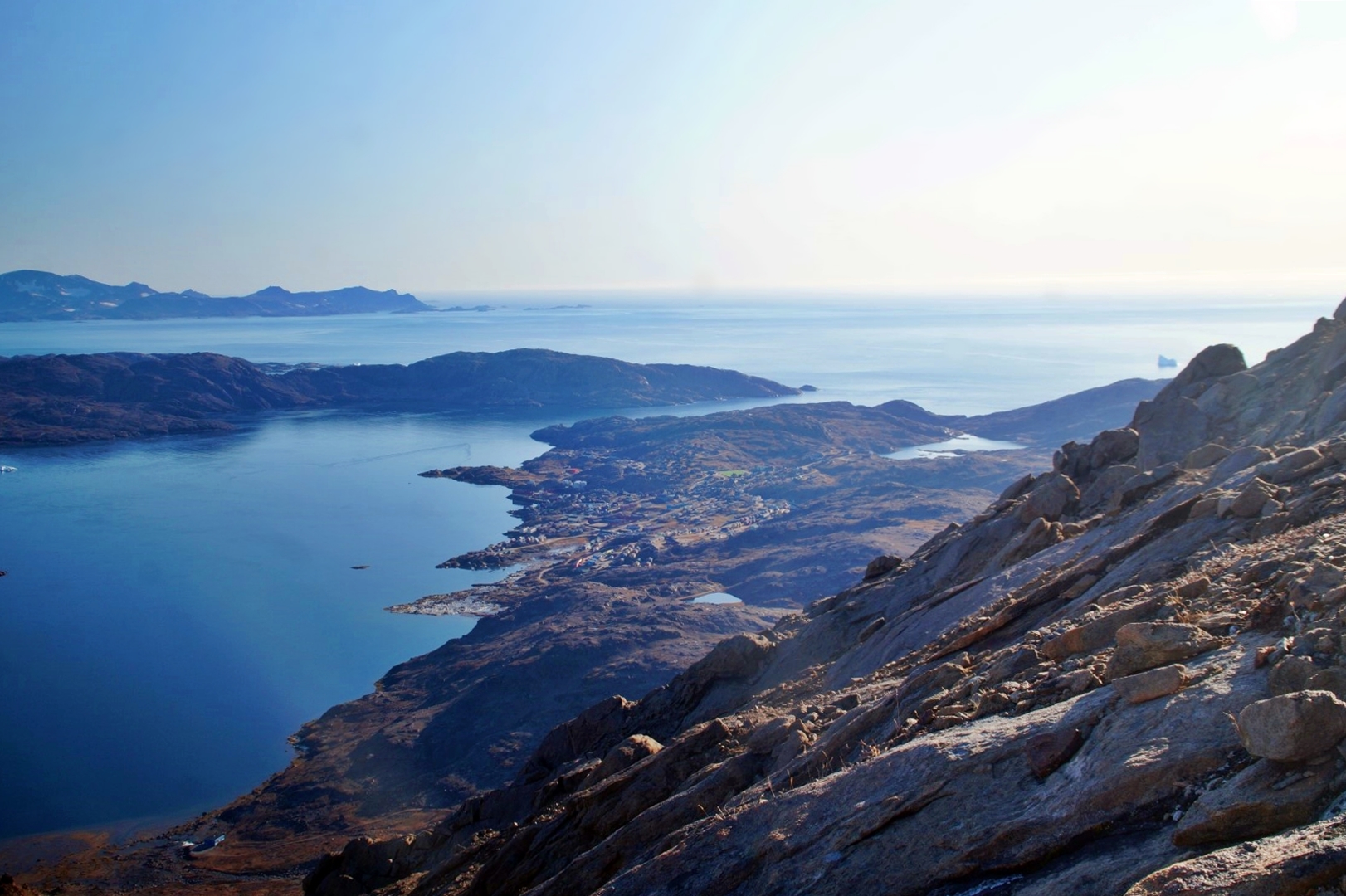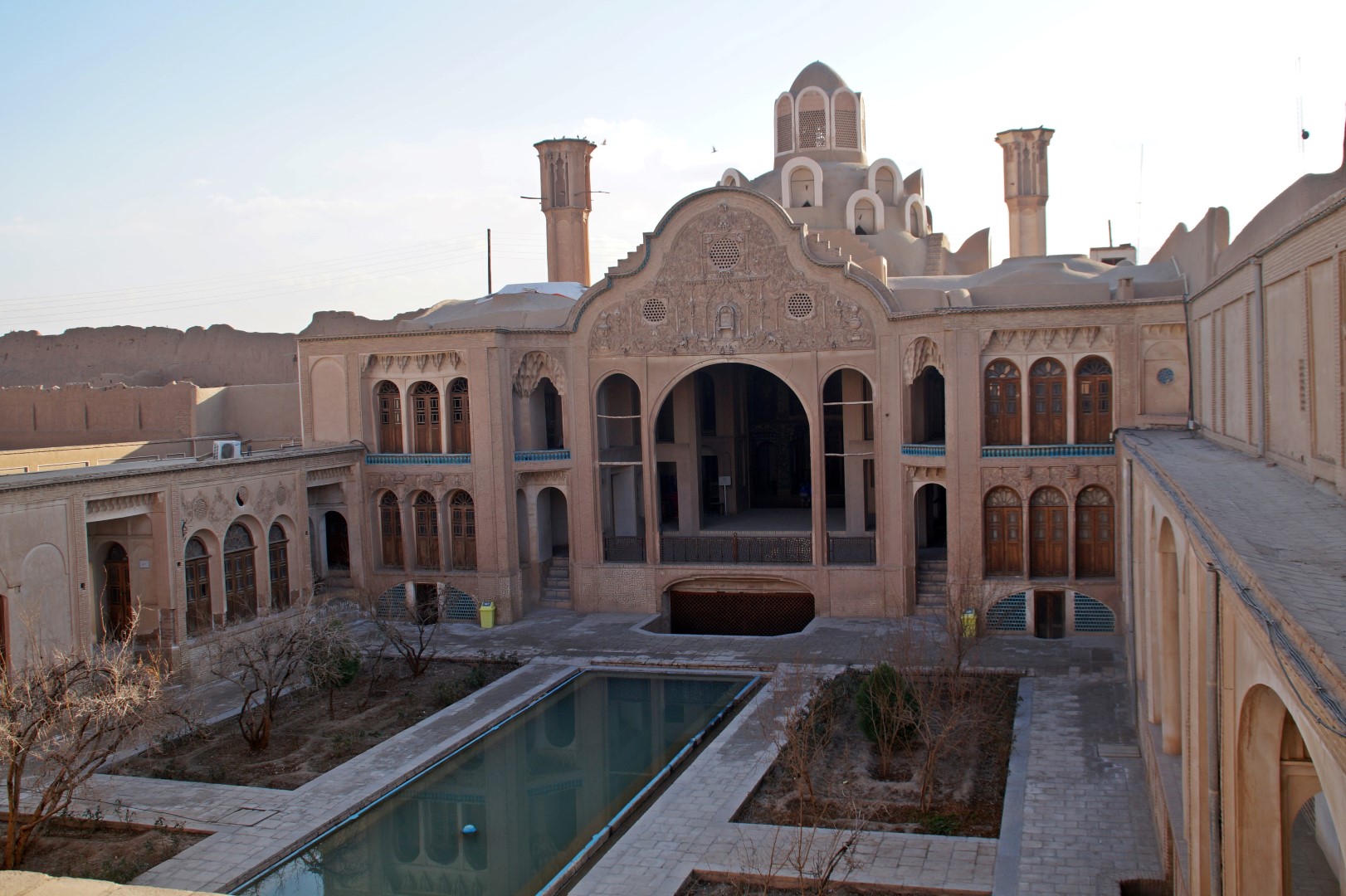On my second and last day in Narsaq, I met up with a friend who had offered to take me on a boat ride to the nearby Illutalik Island in the search of ancient Norse ruins.
Long before Christopher Columbus, there had been a failed European colonization of North America, when the Norse came to Greenland and even as far as to L’Anse aux Meadows in Newfoundland, Canada. The Norse colonization of the Americas began in the late 10th century AD, when Norsemen settled in two areas of Greenland, in the fjords of the Southwest Coast and in the Nuuk Fjord on the West Coast. The colonization lasted for almost 500 years until the 15th century, when the Norse mysteriously disappeared from the region. There has been many theories on why and how they disappeared, some believing that they all died in the Black Plague, were killed by pirates or the Inuit who also inhabited Greenland at the time. But most scholars usually put the blame on the Norse themselves, believing that they failed to adapt to a changing climate, unlike the Inuit, and therefore might’ve been forced to move back to Europe. What actually happened is something we’ll probably never know, but that’s what makes archaeology so exciting; we can never know it all and thus must continue searching for answers!
The trip out to the island took only a few minutes, but it was a cold experience nonetheless! Especially since the sun was still hidden behind thick clouds. The island itself was covered in snow, but the ruins were clearly visible. There were so many of them, and they were actually pretty well preserved. According to my friend, a few of the ruins might not even stem from the Norse, but instead from the Inuit, although it’s unlikely that both the Norse and the Inuit inhabited the island at the same time.


We walked around the island for a bit, while he told me all about the archaeology and geology of the area. He told me that he had found two rare minerals on this island – one of which can only be found at one specific spot on this island, and nowhere else on Earth!
We then went bone-hunting as there were quite a lot of seal bones on the island and even an old jaw from a dog! We also spotted something really macabre; the skeleton of a recently killed whale with birds busy eating the flesh. I really hoped to see a whale in South Greenland, but not like this. Despite me being vegan, I’m not against the hunting of wild animals (if people must eat meat, this is better than supporting the meat industry), but I do believe that all animals deserve respect and to not just be left like that.






It was time to get on the ocean again, to do some iceberg sightseeing. I find them so incredible to look at with their different shapes and colours, and it was great to have my friend there, as he knows a lot about their lifespan, formations and colours.
At 11.30 AM, we were back in Narsaq and my feet were freezing, so I had to just walk and walk until I got some heat back into them. We were on an open boat, so despite wearing three pairs of socks, I was still so cold, haha!



My day in search of remnants of the Norse was not over yet. My friends’ wife had arranged for me to meet up with Jesper, the director of Narsaq Museum, who gave me a private tour of the local museum. He showed me an exhibition of the Norse people, an exhibition with traditional Greenlandic clothing and kayaks and a large stone collection, which was quite impressive! He also took me on a little hike to show me a farm from the beginning of the Norse colonization.




After the tour, I went back to the hostel to rest for a while and watch the amazing sunset from the patio, before meeting up with my new friends again for an evening beer at Café Inugssuk. Such a nice way to end my stay in Narsaq.







Leave a Comment